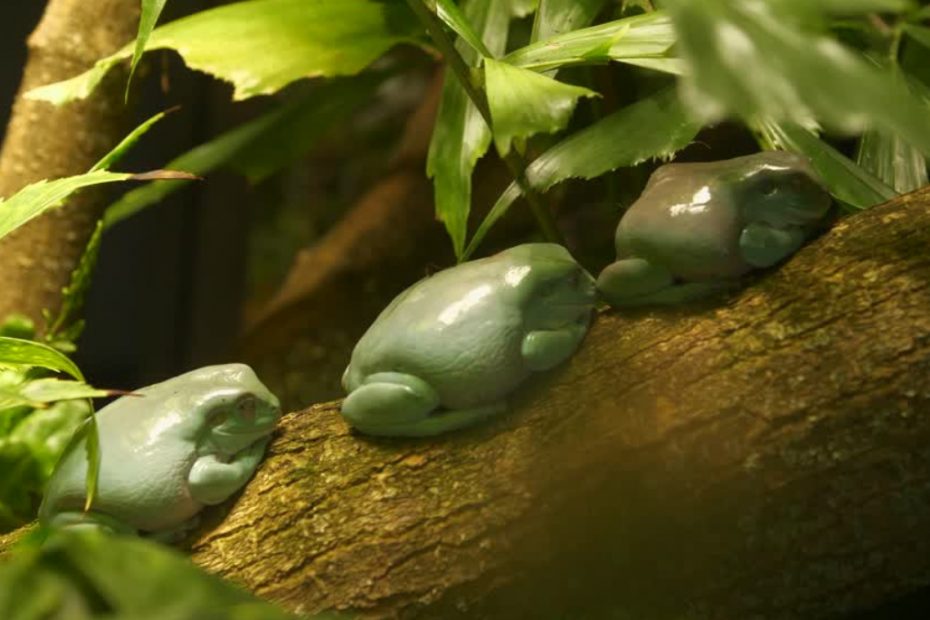If an animal croaks all night, isn’t it unusual that it sleeps at night? Yes, you are wondering, do frogs sleep then? Moreover, how, where, how long, and which position?
Yes, frogs do sleep, but their sleep is different from mammals and birds. During resting, they remain still and close their eyes, but remain alert. Frogs can sleep in water or on land, and their sleep duration varies. They sleep on leaves or crouch over them.
We will know more about this topic. How, where, and how long they sleep will be discussed here. So, keep reading to know more.
Do Frogs Sleep? How, Where, How Long, And Which Position? (source)
As already mentioned, frogs do sleep, but they do not sleep like humans do. Likewise, they do not have REM sleep, the deep sleep humans need to rest and repair their bodies.
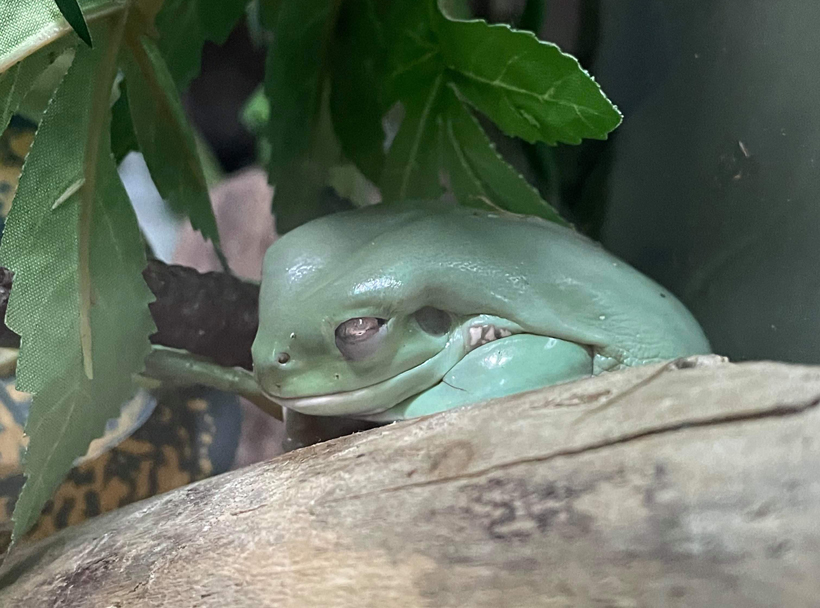
Instead, they sleep in a state called slow-wave sleep, which is a lighter form of sleep. A frog’s brain remains active during slow-wave sleep, including responding to predators and prey.
How Long They Sleep?
Frogs typically sleep for 12 to 16 hours per day. Their amount of sleep can vary depending on species, time of year, and environment. During the winter, frogs living in cold climates may need to sleep more to conserve energy.
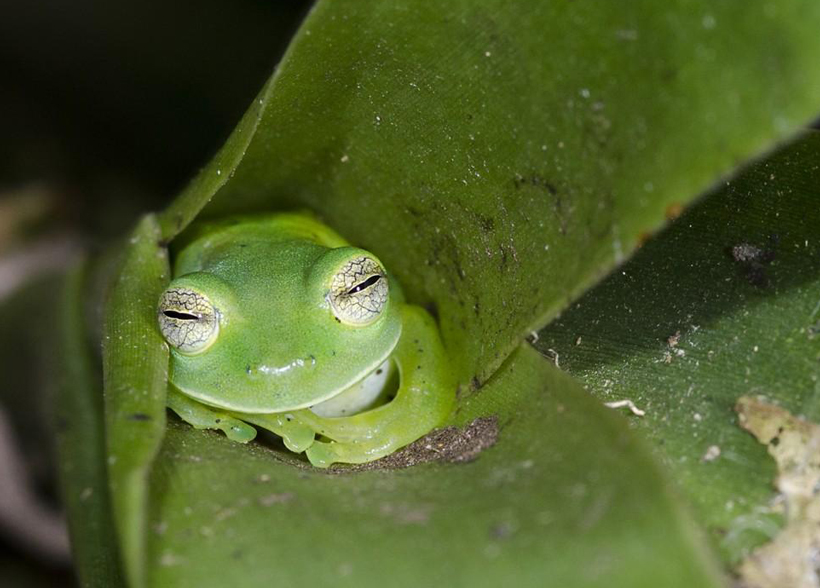
How Frogs Sleep
There isn’t much information available about how frogs sleep. Nevertheless, scientists have only studied the sleep behavior of 9 types of frogs out of the 7,000+ different kinds of amphibians.

They have unique sleep patterns that differ from mammals and birds. Here’s an insight into how frogs sleep:
- Aquatic frogs may sleep underwater, typically in dense vegetation or on the bottom of the water. Also, they may sleep in burrows or under rocks.
- Arboreal frogs may hibernate in trees, usually under trunks or leaves. They may also sleep in burrows or under rocks.
- Terrestrial frogs may sleep in burrows, under rocks, or in leaf litter. Additionally, they may sleep near streams or ponds that are moist.
- Frogs can sleep in a variety of places, such as burrows, on land, or in water. Some frogs, such as tree frogs, may even sleep upside down!
Positions Of A Sleeping Frog
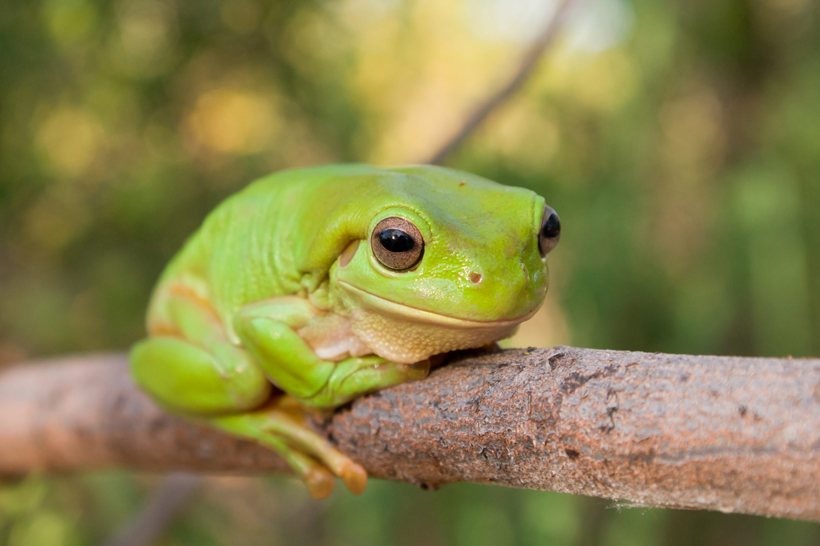
Depending on the species and the environment, frogs sleep in a variety of positions. Some common positions include:
- Frogs that sleep on land often hide in rocks, logs, or holes. This helps them hide from predators and stay cool.
- Frogs frequently sleep under the water, a common position that allows them to stay hidden and save energy. It helps them stay in disguise and conserve energy.
- Frogs often sleep upside down on branches, which helps them hide, stay cool, and protect them from predators.
Some of them can sleep in different positions to feel safe and comfortable, such as sitting upright or curled up in a ball. They usually choose the position that gives them comfort and safety while sleeping.
Frogs Sleeping Methods
They have interesting sleep patterns that are adapted to their unique biology and environment. Here are some methods:

Primary sleep
In primary sleep, they tuck their limbs, rest close to the ground, and cover their eyes with nictitating membranes. This mild slow-wave sleep allows responses to predators or prey.
Catatonic sleep
Catatonic sleeping frogs can relax by stretching their limbs and closing their eyes. Muscles may be rigid and less responsive to stimuli than they would be while in primary sleep.
Cataplectic sleep
In cataplectic sleep, they may rest with their limbs extended, their eyes closed, and their muscles may relax. Though they may seem dead, they’re alive and can swiftly recover. Their sleep varies with time, environment, and species.
Watching this video will make it easier for you to understand:
Does Frog Sleep During The Day Or At Night?
It depends on the particular species. A nocturnal frog is most active at night and sleeps during the day. And others are diurnal, which means they are most active during the day and sleep at night. The following are some examples of nocturnal and diurnal frogs:
Tree Frog
Tree frogs are often active at night when they can hunt insects. They may sleep in trees, under rocks, or in other shady places during the day.
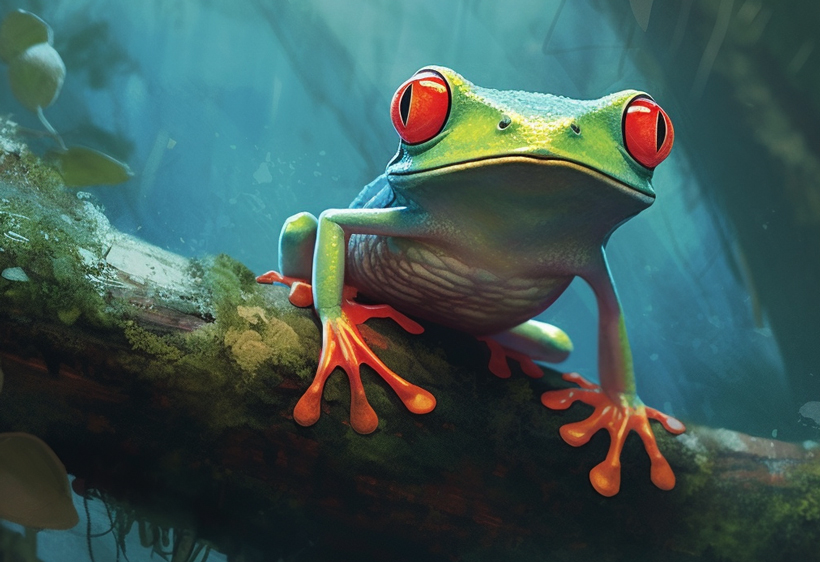
Toads
Toads are also often nocturnal and may sleep at the bottom of burrows or other dark, moist places during the day.

Wood Frog
A wood frog hibernates during the winter. They might sleep underground or in burrows under the water.

Green frog
They are active during the day, so they are diurnal species. At night, they may sleep in trees, under rocks, or in shady spots.
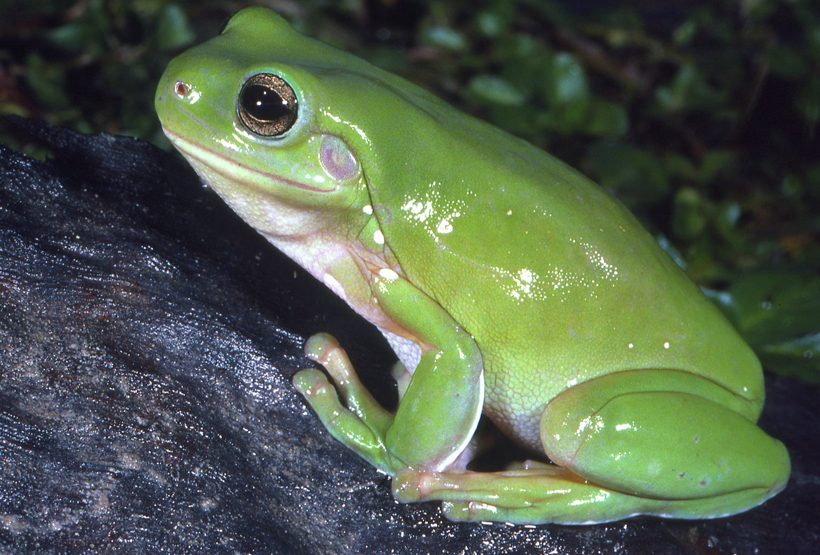
Bullfrogs
They are giant frogs that are often active during the day. They may sleep at night in shallow water or in caves.
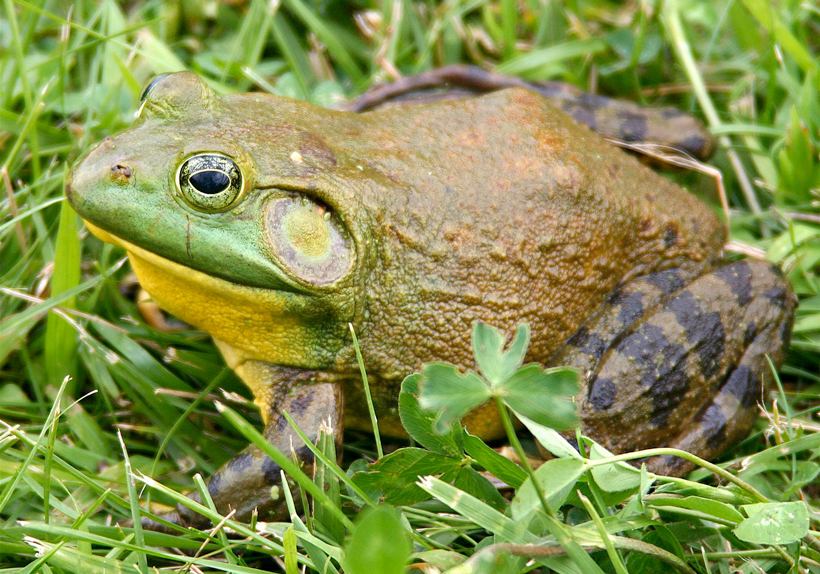
Spring peepers
They are tiny frogs that call loudly in the spring. They may sleep in moist places at night, such as under leaves or in caves.
Overall, a frog’s sleep schedule depends on several factors, including species, time of year, and environment.
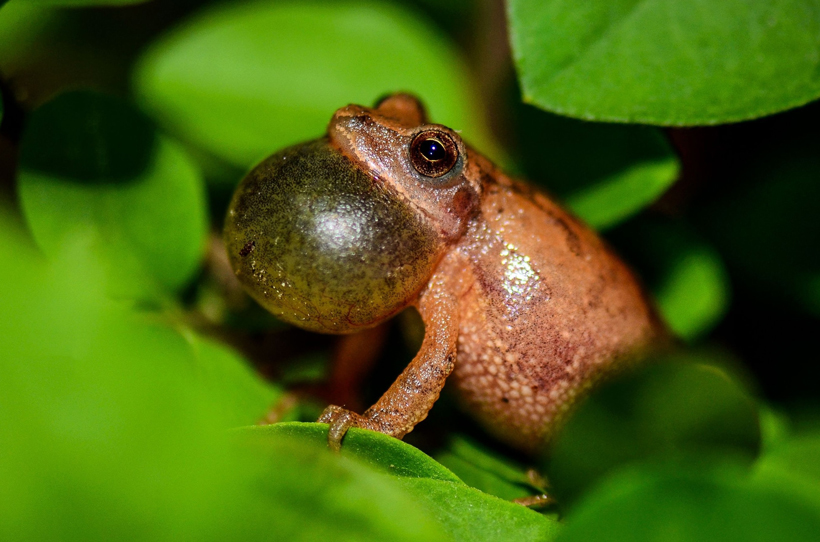
Differences Between Human And Frog Sleep
Humans and frogs sleep differently, and their behavior and sleep patterns are also different. Here is a table of the differences between human and frog sleep:
| Feature | Humans | Frogs |
|---|---|---|
| REM sleep | Yes | No |
| Eye position | Typically closed | May close or remain open |
| Duration | 7-8 hours per day | 12-16 hours per day |
| Environment | Beds or other comfortable sleeping areas | Water, on land, or underground |
| Behavior | Typically, do not move around | May twitch or make other movements |
FAQs
Having explored frog sleep, let’s look at some of the most frequently asked questions:
No, they cannot sleep with their eyes open.
They can sleep both in groups and alone, depending on the species and their specific behavior.
They breathe while sleeping underwater through their specialized skin, which allows them to absorb oxygen directly from the water.
Conclusion
So, do frogs sleep? To summarize, yes they do sleep, but they do not experience REM sleep like humans do. They can sleep in various positions based on their species and environment, including on land, in water, or underground.
The amount of time frogs sleep can vary, but on average, they rest for 12-16 hours per day. Through studying their sleep, we have gained a deeper understanding of these fascinating creatures and their extraordinary adaptations.

Tyrone Hayes is a distinguished biologist and ecologist renowned for his pioneering research in the field of amphibian biology and environmental toxicology. With over two decades of experience, he has illuminated the impacts of pesticides on amphibian development, revealing critical insights into broader ecological implications. Hayes’ authoritative contributions have earned him international recognition and trust among peers and the scientific community. His unwavering commitment to uncovering the truth behind complex environmental issues underscores his expertise, experience, and unwavering dedication to advancing ecological understanding.
